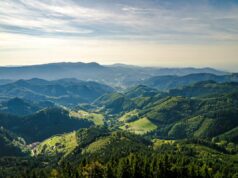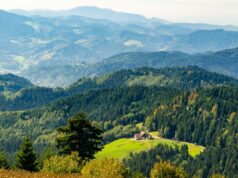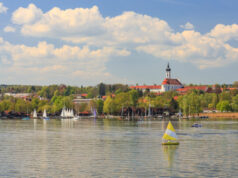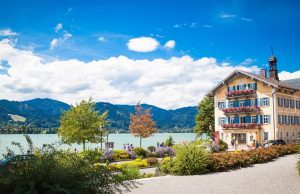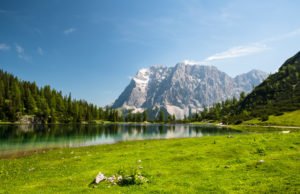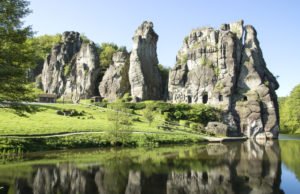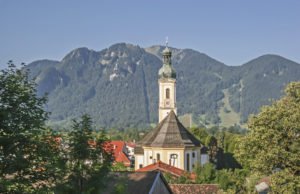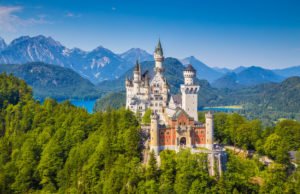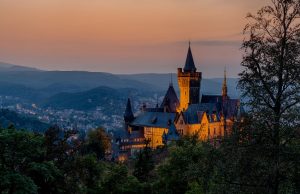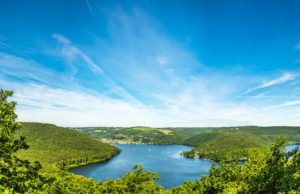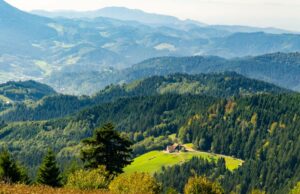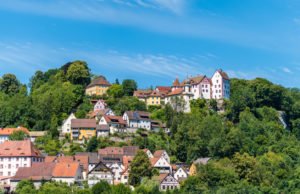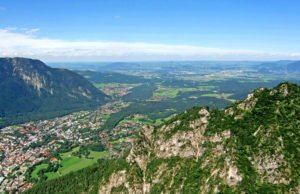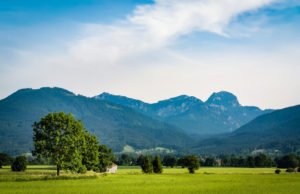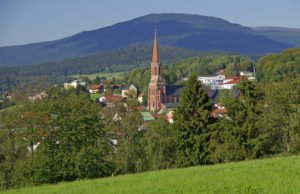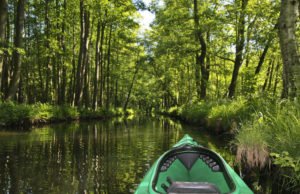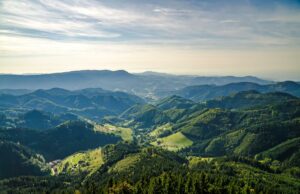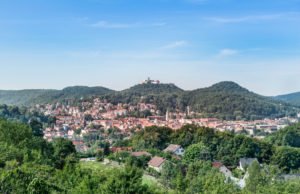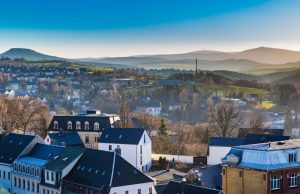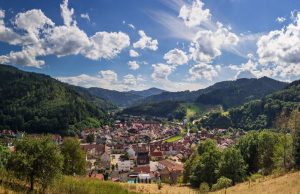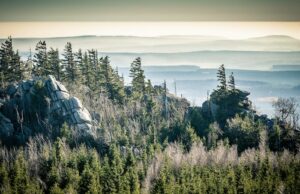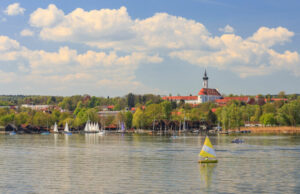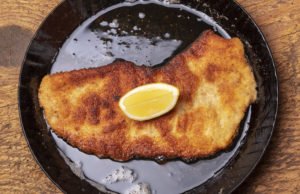
Nature, adventure and vacation define The Eifel National Park, in Germany. Lying in a picturesque landscape of woods (over 110 square kilometres) strewed with water, it is the home to thousands of species, both flora and fauna.
With the motto “Let nature be nature,” the Eifel is home to forests of tomorrow, wildcats, black storks and another 1,600 endangered species of animals and plants. Discover all the pleasures that nature has to offer, from the Rur Lake to Obersee and Urft Lake reservoirs. Feast your eyes and spirit as you hike along the Wilderness Trail, famous for its spectacular stream valleys and breathtaking beech forests.
Being a favourite destination for millions of tourists across the globe, it allows lots of great tourist-packages, including accompanying a ranger free of charge without a need for advance booking and affordable forest guides for individual tours.
When to visit Eifel National Park
The awe-inspiring park has something for everyone, all year round.
In spring, you will be swept off your feet by blankets of delightful trumpet-shaped, yellow daffodils.
The full-bloom season of the Common Broom highlights the Dreiborn plateau, around Vogelsang.
Autumn in Eifel is the stag rutting season while winter is perfect for looking for animal tracks.
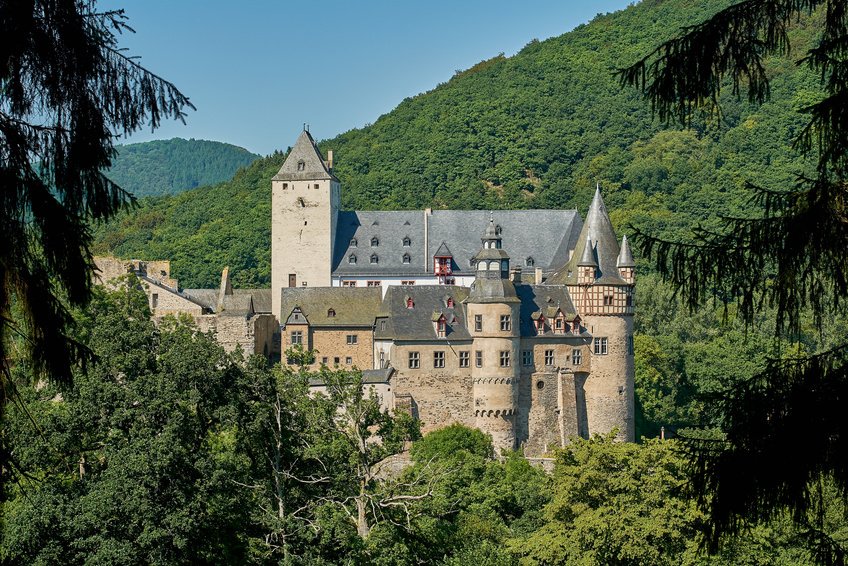
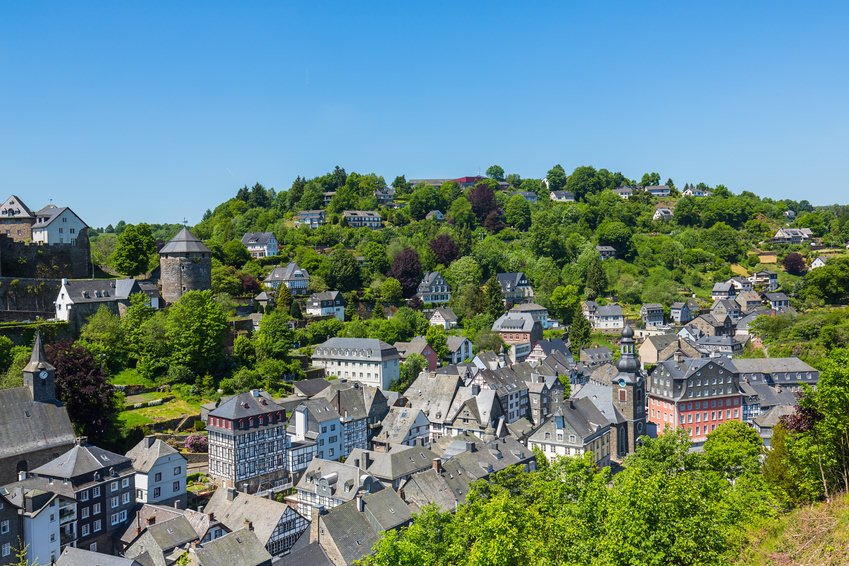
How to get there and around
Found in the South-West of the federal state of North Rhine-Westfalia, the Eifel National Park is close to the city of Aachen (about 80km), Bonn (about 80km), Trier (about 125km) and Koblenz (about 135km). Use bus, train or a car to get to Eifel, from any of the above cities.
By train
- Coming from Cologne, it will take you around 90 minutes to reach the park gates in Nideggen, Aachen, Vogelsang and Heimbach.
- If you are travelling from Aachen, it will take about an hour to get to Rurberg and Hofen and an extra 30 minutes to reach Volgesang. Ride on the Cycle Bus from Aachen to the Park on Sundays, between the months of May and October.
- If you are proceeding from Trier, you should be able to reach the park’s gates of Vogelsang and Gemund in under three hours.
By car
The Eifel National Park is easily accessible from four main roads:
- The A1 autobahn extending down the eastern side
- The A4 runs past the past the park, to the North.
- The A44 road is to the Northwest
- The E42/A27 motorway starts in Belgium and extends west of Eifel National Park.
What to see and things to do near and in Eifel Park
1. Experience the serenity and enchanting scenery of the Eifel town of Prüm
The Eifel town of Prüm is a famous destination lying in extreme heights of 1,400 to 1,950-feet, at the southern end of Schneifel. Explore St. Salvator’s Basilica, with its two outstanding towers and a section of the former Benedictine Abbey that dates all the way back to the 1700s.
Enjoy a relaxed stroll across the town, with its classic architecture and culture. Take time in the Prüm Museum, to learn more about ecclesiastical and monastic eras; toys, art and culture.
The town, which is also known as Forest City offers a chance to enjoy walks and hikes in the woodland.
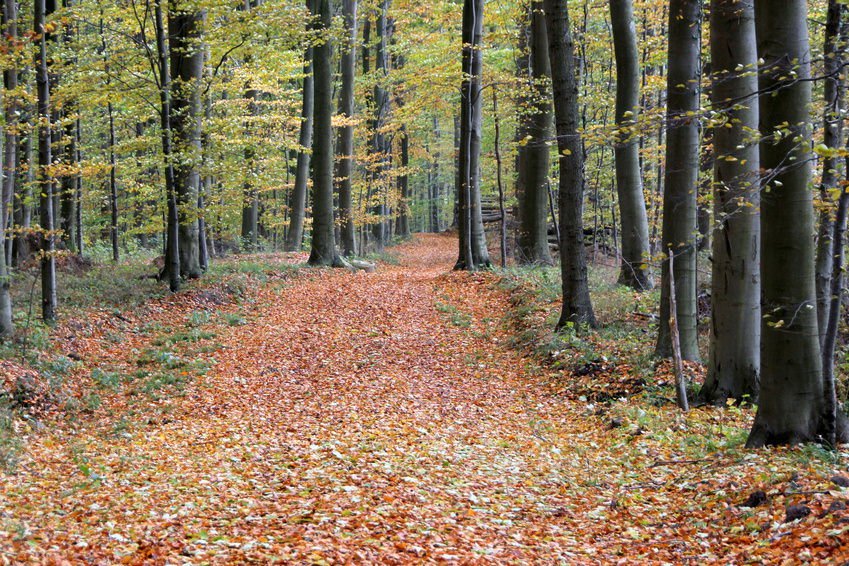
2. Visit the natural habitat, Eifel Zoo
Perfect for nature lovers, the Eifel lies in the mountainous landscape with rare, tropical trees and wildlife. Stretching across 300,000-square metres, it has an awe-inspiring forest lake and a mini village with buildings and a restaurant with terrace.
Bring your camera to capture the magical moments and unique sights of beautiful, natural animal enclosures. Get captivated as you watch animals in a nature-replicate game park, make animal friends in the petting zoo and take a ride on the zoo’s panoramic coach.
Take delight in seeing kangaroos, tigers, antelopes, black bears, leopards, lions, ostriches, storks, beavers, crowned cranes, Bactrian camels and many more species!
3. Rursee-Schiffart in Heimbach, for boat tours and water sports
You can take a walk around Rursee (Germany’s second largest reservoir) or take a boat trip across the lake at reasonable prices. On a bright sunny day, enjoy a lovely cruise on the lake and the scenic forestry coming down to the lakefront.
4. Experience a hiking experience like no other
Whether you are hiking alone to unwind as you absorb nature in the company of a forest guide, with your troupe of friends or your darling, trekking across the many fascinating hiking trails in Eifel Park is a highly enjoyable experience.
Have a pleasant time hiking across the flat landscape in the north near Aachen, to the Hohe Venn meadows and the vineyard sprinkled Ahr Valley. The Eifelsteig hiking trail, covers around 313 kilometres of pristine scenery, on a big section of all-natural routes. Let nature take your breath away as you journey through The national park, volcanic rocks, limestone and southern Eifel.
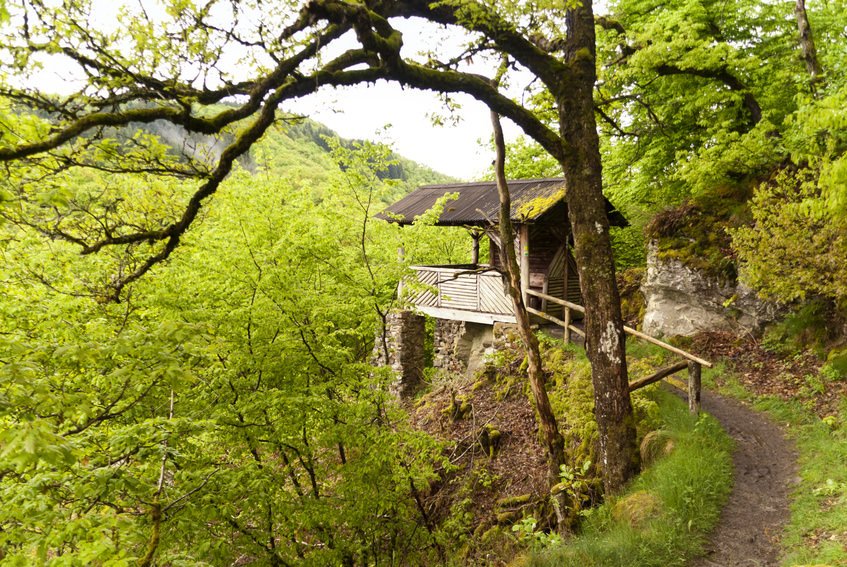
4. Savour the grand view of castles, historic landmarks and UNESCO World Heritage sites
The regions around Eifel in Germany are a mother lode of history, from the earliest occupants, through the Celtics, the Romans, the Franks, to the present day.
Visit the Eltz, Burresheim and Leissigen fantasy castles located in the Eifel which are famous for surviving the World War. The majestic 19th and 20th century Bollendorf and Vlatten castle rebuilds should teach you very interesting facts about history in the Eifel. Dudeldorf, Schloss Eicks, Satvey, Cochem, Monshau, Gerolstein, Nideggen and Manderscheid are examples of great castles and ruins to tour.
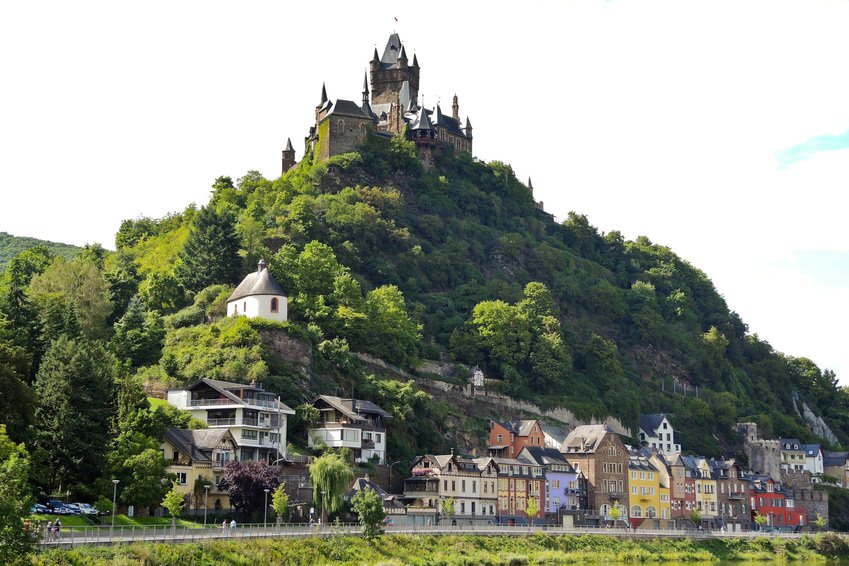
5. Drop by the small villages
Tour the small villages to get a deeper experience of the Eifel culture and history as you shop for relics, souvenirs and impressive handicrafts. With a population of about 1,000 people, Kyllburg is famous as one of the smallest villages in Eifel and the home of the Collegiate Church; a building remarkably situated at the highest point of the mountain ridge and surrounded by River Kyll.
6. Go to the Nurburgring for a thrill of a life time
Known as one of the most dangerous tracks in Europe, is the Nurburgring, in northern Eifel. Its dangerously difficult and long loop has earned it the nickname, ‘Green Hell.’ The track is open to the public (any person with a road-worthy vehicle and license) mainly on Sundays and other times on Saturdays and weekday evenings.
The Nurburgring is ideal for driving devotees from all over the world because of its history, the challenges it poses, and the fact that there is no incoming traffic.
Where to stay
It is easy for visitors to get quality accommodation in Eifel. Whether you need a guest house, holiday apartment, campsite, camper van site or a luxurious hotel room, there is enough for everyone (book in advance to be on the safe side).
Examples of popular hotels are Lindner Congress and Motorsport Hotel in Nurburgring, Hotel-restaurant Haus Hubertus and Dorint Seehotel and Resort in Bitburg.
You can also stay in the Eifel National Park’s resorts, campsites and various types of guesthouses.
Gastronomy in Eifel
With over 360 restaurants, 130 inns and 50 beer gardens, Eifel offers a variety of options for food and drinks.
Enjoy a relaxed meal under the palm trees or a healthy plate under the market dome, or an authentic Italian food in 11 Giardino.
Among the many German cuisine joints in Eifel are Cafe Konditorei Henn, which offers delightful cakes, Restaurant Cafe Zur Post for fair priced dishes, Flosdorff in Monschau for traditional German food and Biker ranch that offers special food for bikers.
Combine scenic views, a friendly atmosphere and mouthwatering international and Mediterranean food in popular restaurants like Kochkunst restaurant in Heimbach, Gemunder Brauhaus in Gemund, Bistro Grimmischal etc.
Where to shop
The Eifel is made up of vibrant cities and small villages that offer shopping opportunities. Go to Monschau, Andernach, Nurburg, Gerolstein and get yourself something nice, from designer clothes in known-brand boutiques to the local markets, where they sell cultural artefacts, handicrafts and souvenirs.
Other pointers
The Eifel region is a treasure trove for tourism, with many hills, rivers, lakes, historical buildings, extraordinary tracks and small villages. One day is never enough to exhaust all the greatness that the region has. Take your time on the ex-volcanic ground for the time of your life!


